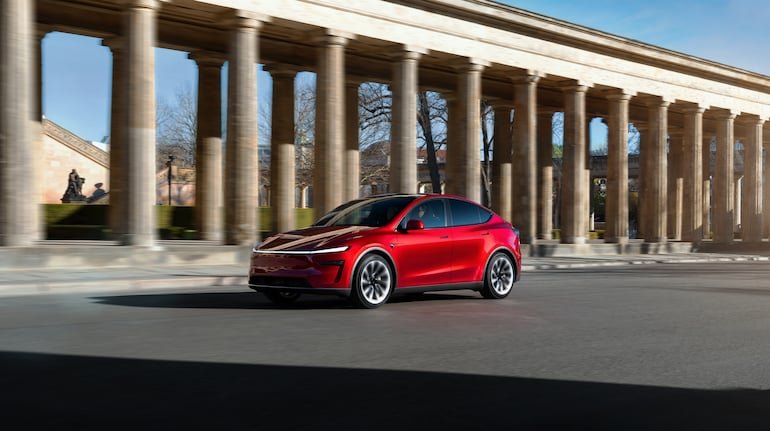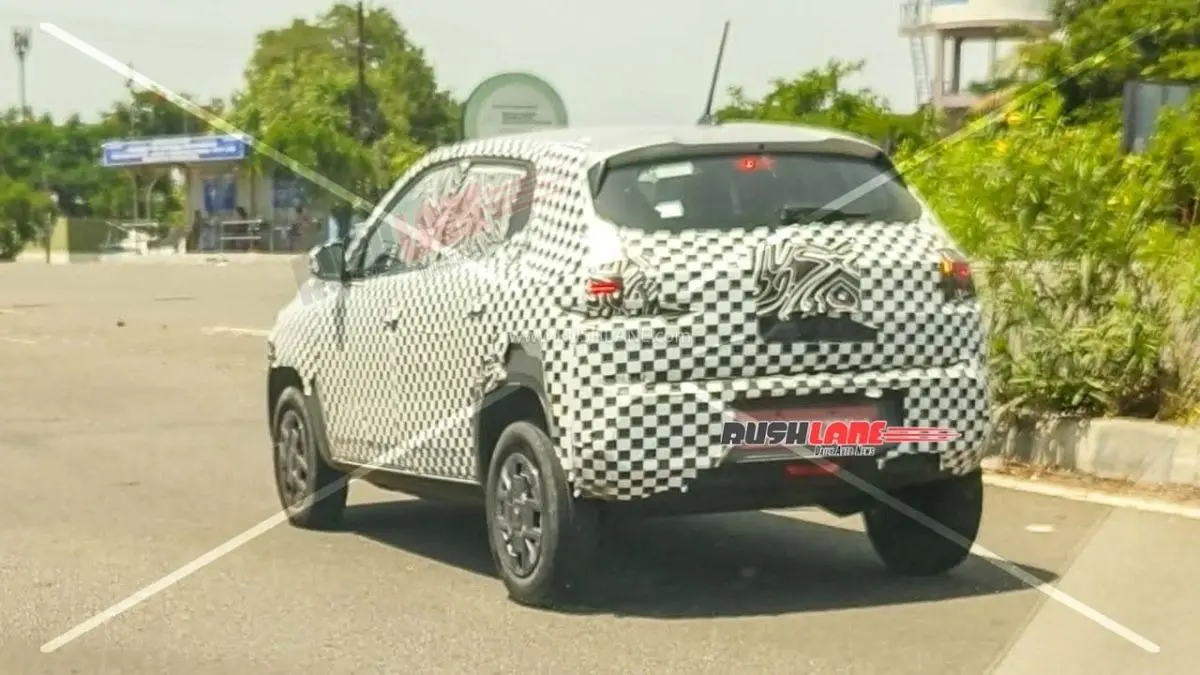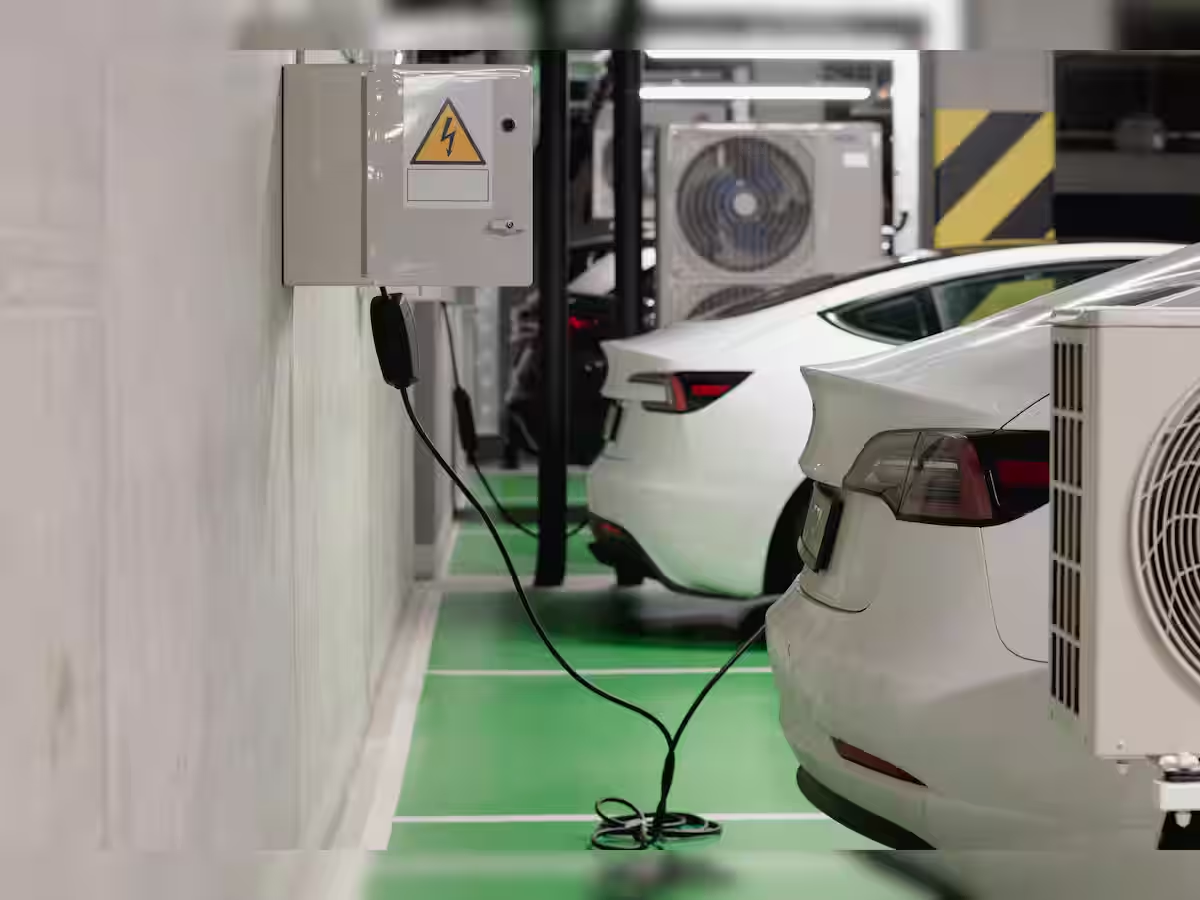In a defining step toward transforming India’s mobility landscape, the Ministry of Heavy Industries (MHI) has launched the Automotive Mission Plan 2047 (AMP 2047). This long-term strategic vision is aligned with the broader national goal of Viksit Bharat @2047, aiming to establish India as one of the world’s top automotive leaders through sustainable innovation, advanced manufacturing, and export-driven growth.
Collaborative Strategy for a Global Vision
AMP 2047 is being shaped through an industry-government-academia partnership. The plan is structured across seven sub-committees, drawing experts from industry associations like SIAM, ACMA, CII, FICCI, and top research and testing institutions.
The strategy sets phase-wise goals for three key milestones:
- 2030: Early adoption of electric vehicles (EVs), improved localization, and supply chain strengthening
- 2037: Expansion of clean mobility exports and technological leadership
- 2047: Full global competitiveness in manufacturing, innovation, and clean transport
These milestones are backed by focused policy development, performance indicators, and regulatory reforms aimed at scaling both volume and value in India’s automotive sector.
Addressing Key Industry Challenges
AMP 2047 is designed to overcome major roadblocks currently facing the industry:
- Technology and R&D: The plan emphasizes domestic innovation in electric, hydrogen, and autonomous vehicle technologies, supported by targeted R&D investments.
- Charging and Infrastructure: Expansion of EV infrastructure including public chargers in cities and along highways is a top priority.
- Sustainable Manufacturing: The roadmap advocates for a transition to low-carbon, resource-efficient production models.
- Global Competitiveness: Strategies include export incentives, supply chain digitization, and quality enhancement to make India an automotive export hub.
By tackling these areas, the plan aims to future-proof India’s mobility ecosystem and enhance the country’s competitiveness in global markets.
India’s Auto Sector: Economic Backbone
India’s automotive industry contributes nearly 7.1% to GDP and makes up close to 50% of the manufacturing sector’s output. Currently the fourth-largest auto producer and third-largest market by sales, India is positioned for rapid expansion in both consumer and commercial segments.
AMP 2047 aims to build on this momentum by:
- Deepening localization and self-reliance
- Accelerating EV penetration and clean fuel integration
- Strengthening component and vehicle exports
- Establishing global best practices in safety, quality, and sustainability
Key Supportive Policies and Programs
The government’s push toward a green, technologically advanced auto sector has already been enabled by flagship schemes such as:
- FAME II (Faster Adoption and Manufacturing of Electric Vehicles)
- PLI-Auto (Production Linked Incentive for Advanced Automotive Technologies)
- PM E-Drive for clean mobility expansion
These have helped India achieve over 1.9 million EV sales in FY 2025, a 17% jump from the previous year. The momentum will be further accelerated through AMP 2047’s integrated approach across policy, infrastructure, and innovation.
AMP 2047 Milestone Breakdown
By 2030
- Increase EV market share
- Boost local R&D and component manufacturing
- Expand city-level and intercity charging networks
By 2037
- Grow exports of EVs and clean mobility components
- Establish India as a regional innovation leader
- Promote tech transfer and global collaborations
By 2047
- Achieve net-zero emission mobility manufacturing
- Become a top-three global automotive exporter
- Lead in autonomous and intelligent transportation systems
Why AMP 2047 Is a Game-Changer
- Policy Synergy: Collaboration across ministries including power, roads, environment, and commerce ensures aligned execution.
- Industry-Driven Goals: Input from OEMs, component makers, and research institutions ensures the plan is grounded in market realities.
- Focus on Sustainability: By promoting green mobility and resource-efficient manufacturing, AMP 2047 aligns with India’s climate goals.
- Export Orientation: Strategic focus on global competitiveness will help India increase its footprint in key international markets.
What’s Next?
With sub-committees already at work, the next steps include:
- Defining detailed action plans for each milestone
- Updating policies to address emerging trends in EVs, hydrogen fuel, and AI-driven mobility
- Rolling out fiscal incentives and infrastructure targets
The government is expected to announce mid-term reviews and annual performance evaluations to ensure AMP 2047 remains dynamic and responsive to global changes.
Final Word
The Automotive Mission Plan 2047 is a bold, forward-looking framework that aims to make India a global hub for automotive innovation, manufacturing, and clean mobility. As it transitions from vision to execution, AMP 2047 will not only transform how India builds and drives vehicles—it will reshape India’s role in the global automotive economy.




